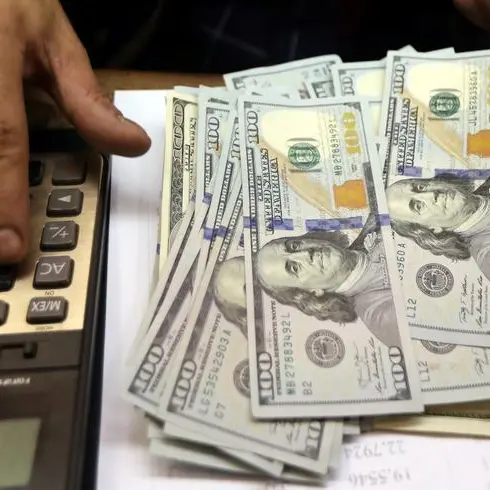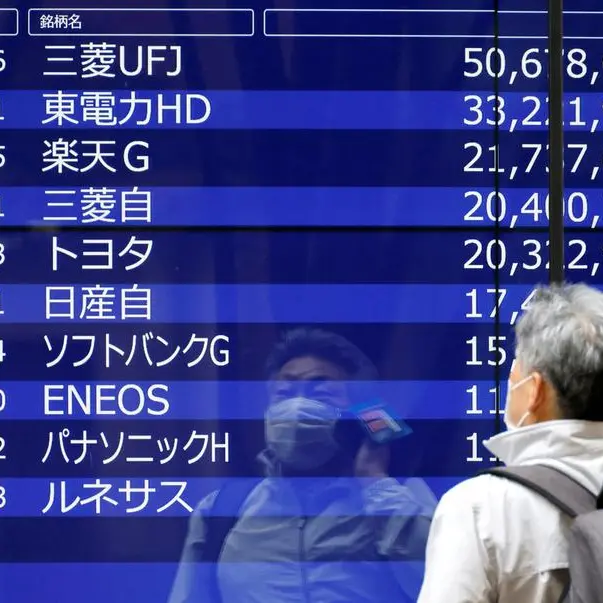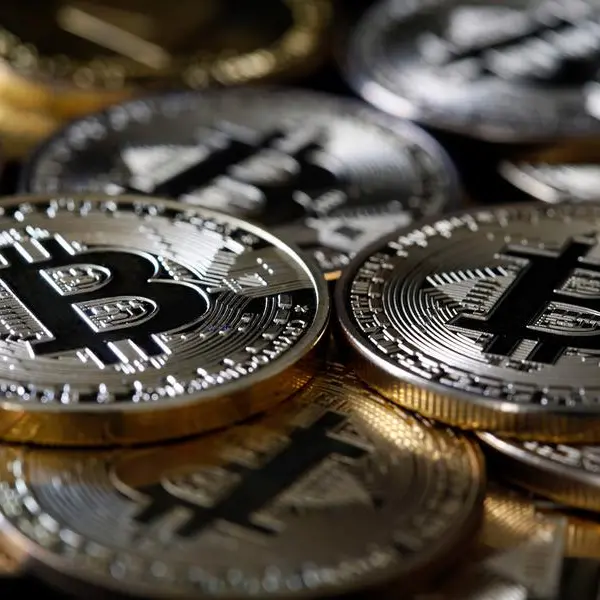PHOTO
ORLANDO, Florida - With the U.S. debt ceiling crisis set to reach boiling point between June and August, it already promises to be a long hot summer for financial markets.
Throw in the possibility that the Bank of Japan reverses course and starts tightening policy round about the same time, and it could get even stickier.
The crux of it is market liquidity - or more specifically, global liquidity being drained on two key fronts just when the lagged impact of the Fed's aggressive rate hikes last year could start kicking in too.
Aside from the unprecedented stress in short-dated U.S. T-bills right now, markets seem to be unprepared for the risks.
Much can happen between now and then, not least the chance that U.S. lawmakers strike a deal to raise the debt limit before Treasury runs out of cash, at a stroke extinguishing any threat of U.S. government default.
For its part, the BOJ is taking an extremely cautious approach to ditching a decade of ultra-loose policy. It said on Friday it will "patiently" keep policy accommodative and new governor Kazuo Ueda warned against tweaking yield curve control (YCC) - effectively tightening policy - too early.
But the BOJ has the ability to surprise - remember December last year? - and inflation is high, while history shows the U.S. Congress certainly has the ability to push debt ceiling negotiations to the brink.
"Markets are fundamentally intolerant of tightening liquidity conditions, and you could see this confluence of tightening liquidity where the debt ceiling and YCC come together," said Alex Lennard, investment director at Ruffer LLP.
"The BOJ potentially becomes another suck of liquidity out of financial markets. The price action in the yen would be pretty significant," he said.
IT'S DRAINING YEN
The Japanese yen tends do well in times of financial market stress because it has historically been used as a cheap funding currency and many of these trades would be unwound.
Japan is the world's largest creditor with a net investment position of $3.2 trillion, according to the International Monetary Fund. Japanese investors own more than $4 trillion in debt instruments overseas, around half of which is "portfolio investments." The potential flow into the yen if even a fraction of that is sold is huge.
The BOJ's shock announcement in December that it was raising the upper limit on its 10-year bond yield range triggered a 3.8% slide in dollar/yen, its biggest one-day fall in almost a quarter century.
Barclays analysts reckon YCC will be removed in June, initially boosting the yen some 3.5% and setting the dollar on a slide towards 123.00 yen by year-end. If global conditions prevent the BOJ from acting and move the Fed to cut U.S. rates, the dollar could fall below 120.00 yen.
I'VE GOT A CEILING
The bigger and more immediate threat to world liquidity and markets would be failure by the U.S. Congress to either raise or suspend the $31.4 trillion U.S. debt limit. Few would disagree with Treasury Secretary Janet Yellen's assertion that this would be "economic and financial catastrophe."
Congress probably will reach agreement before it's too late, like it has done 78 times since 1960. But it could still go to the wire, creating huge market stress as the 'X-Date' looms.
Most experts reckon the X-Date when Treasury runs out of cash will be around late July-early August. BNP Paribas analysts agree, but attach a "nontrivial risk" that it falls in June.
The combination of high U.S. interest rates, increased use of the Fed's reverse repurchase facility (RRP), and fears over a summer debt limit crunch is already stoking concerns about bond market liquidity.
On top of that, the U.S. banking shock has accelerated flows into money market funds (MMFs) - their aggregate balance has shot above $5 trillion, and MMF flows are a large chunk of the $2 trillion-plus that institutions park daily at the Fed's RRP.
These funds are also huge buyers of T-bills, but bills maturing around the expected X-Date are increasingly risky. Default fears could suck more money out of bills and into safer parts of the money market universe like the Fed's RRP, exacerbating broader market liquidity conditions.
Citi strategist Matt King reckon these U.S.-specific issues are among a range of global factors that could drain up to $800 billion in aggregate world liquidity in the coming weeks.
"What could really cause a spike higher in RRP – and a corresponding drop in reserves – is if money market funds decide that owning T-bills is too risky given brinkmanship over the debt ceiling, and hide out in overnight liquidity at the Fed instead," King wrote in a note on April 18.
(The opinions expressed here are those of the author, a columnist for Reuters.)
(By Jamie McGeever; Editing by Andrea Ricci)












